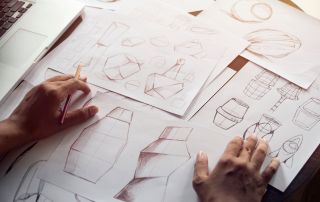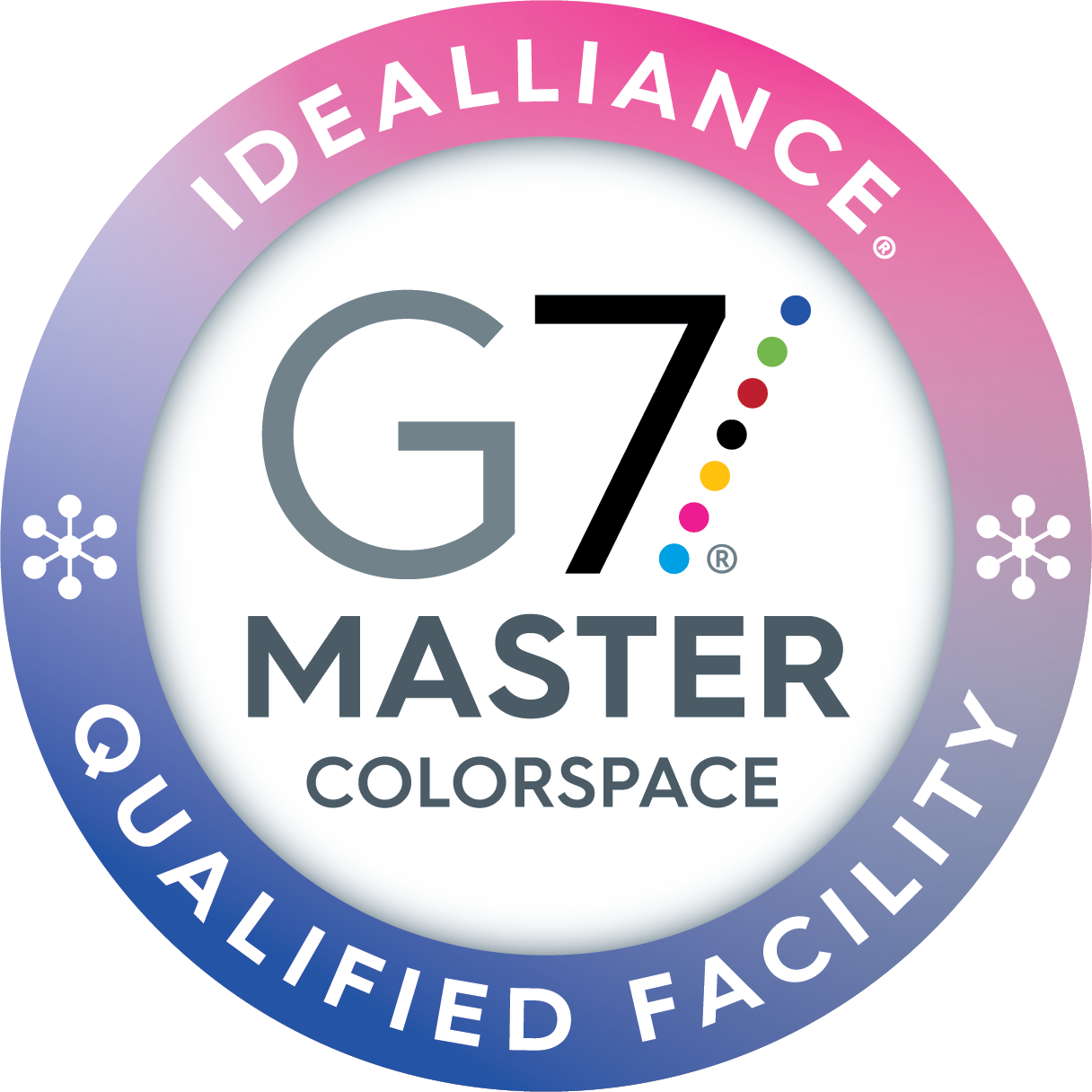
A well-designed package is where creativity, branding, and practicality come together. At its heart, it’s about creating an outer shell that protects, communicates, and entices. Let’s walk through the key steps involved in the product packaging design process to help you create packaging that looks great, aligns with your brand’s ethos, and meets your consumers’ needs.
Step 1: Conduct Market Research
This foundational step is all about understanding the landscape you’re entering, including competitors, current trends, and the desires and needs of your target audience. Consider not just the visual aspects of what’s already out there but also the materials used, sustainability concerns, and how different brands position themselves through packaging. By gathering this data, you’ll gain invaluable insights that will guide your design direction and help you identify opportunities to stand out.
Step 2: Collaborate With Graphic Designers and Structural Packaging Engineers
After laying the groundwork with thorough market research, the next crucial step involves collaboration with skilled graphic designers and structural packaging engineers. Engage with your graphic designers early on to brainstorm and iterate on visual concepts that align with your brand identity and appeal to your target audience.
Meanwhile, structural engineers bring a different perspective, focusing on material selection, durability, and how the packaging functions. This collaboration is vital to striking the perfect balance between form and function, resulting in beautiful and practical packaging.
Step 3: Prototype the Designs and Collect Feedback
Creating prototypes is essential and one of the key steps in the product packaging design process. They bring your digital designs to life, allowing you to interact with your packaging as your customers would. This phase helps identify any practical issues with the design, such as difficulties opening or weaknesses in the packaging structure that might compromise the product’s integrity.
Equally important is gathering feedback. Reach out to a small segment of your target audience, stakeholders, and even team members for their impressions. It’s critical to listen to their insights and criticisms with an open mind. Their feedback is invaluable for refining your packaging further.
Step 4: Finalize the Design
With the insights from your prototypes and the feedback you’ve gathered, you’ll be in the position to finalize your packaging design. This stage involves refining the visual and structural elements of your packaging to perfection.
Engaging once more with your designers and engineers during this phase is essential to iron out any remaining kinks. Additionally, consider how you can optimize your packaging for logistics and retail presentation, ensuring it travels well and catches the consumer’s eye in a retail setting.
Step 5: Find Manufacturers To Create Your Packaging
Start by looking at manufacturers who have experience with similar products and packaging styles. Don’t hesitate to ask for samples of their previous work to assess the quality and craftsmanship. Communication is key. Look for a manufacturer with whom you can establish a clear, open dialogue to promptly address any concerns or adjustments. Remember—the right manufacturing partner will not only be able to produce high-quality packaging but also offer valuable suggestions to optimize the production process.
If you’re looking for a manufacturer you can trust to create your product packaging, get in touch with TigerPress. We can bring your design dreams to life. We specialize in high-quality, expertly tailored, custom product packaging to create something that truly reflects your brand.

